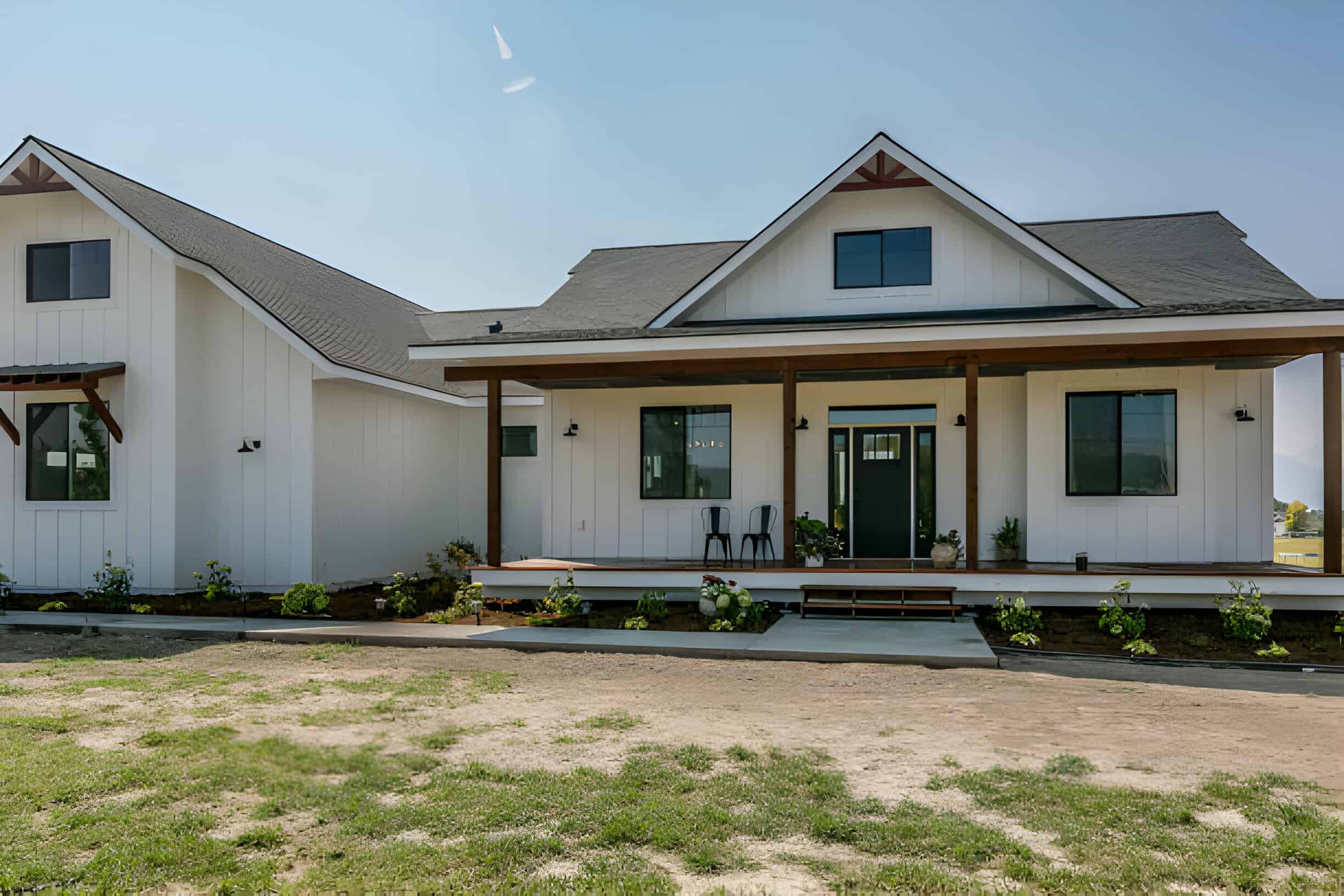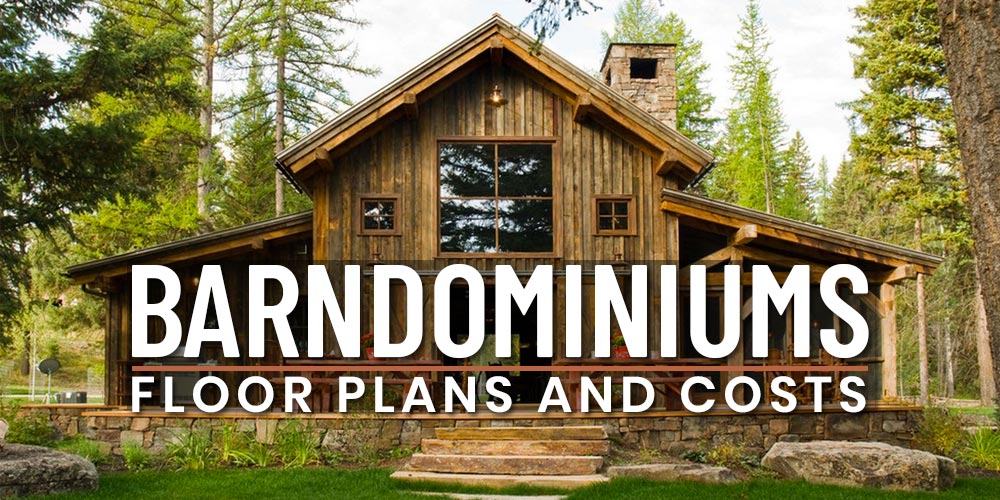Barndominium Builder and Design Solutions: Custom Residences Developed to Last
Wiki Article
Barndominiums Vs. Traditional Homes: a Comprehensive Comparison of Lifestyle and Functionality
The decision in between barndominiums and typical homes incorporates numerous aspects, consisting of way of life preferences and functional needs. Barndominiums are identified by their open formats and flexibility, usually interesting those who focus on public living and convenience. On the other hand, conventional homes provide a more organized atmosphere, which may much better offer households seeking personal privacy and a sense of history. As we check out the price ramifications and environmental factors to consider, it comes to be clear that the option extends past simple looks and performance; it invites a much deeper expedition of what really specifies a home.Overview of Barndominiums
Barndominiums, an unique housing pattern getting appeal across different areas, mix the rustic charm of barn-style architecture with the performance of modern-day space. These unique structures usually contain a metal or wood framework, integrating open layout and high ceilings with energy-efficient attributes. Frequently positioned on large rural residential or commercial properties, barndominiums offer property owners the chance to delight in a calm way of life while supplying ample space for various activities.
The convenience of barndominiums expands past their visual appeal; they can function as both living quarters and useful spaces for hobbies, workshops, and even tiny companies. Their adaptive design permits for easy customization, suiting diverse family members needs and preferences. Many proprietors value the reduced upkeep needs related to steel house siding and roof covering, adding to long-lasting sturdiness.

Qualities of Standard Houses
Highlighting ageless design and convenience, traditional homes are characterized by their distinct architectural styles, which often reflect historical impacts and local aesthetic appeals. Usual features include balanced facades, gabled roofs, and an emphasis on workmanship, causing a cozy and welcoming ambience.Standard homes typically include components such as crown molding, wainscoting, and hardwood flooring, enhancing their classic appeal. They usually include several spaces with specified functions, advertising household communication while enabling personal privacy. website. The format frequently includes formal living and dining areas, which are favorable to enjoyable visitors and organizing family members gatherings
Exterior materials such as brick, wood, or stone are frequently utilized, adding to toughness and a feeling of durability. Barndominium repair. In addition, several traditional homes are designed with front patios or stoops, fostering a sense of community and connection with the neighborhood
Landscaping plays a significant function in conventional home style, with well-kept gardens and pathways that enhance curb appeal - see website. Overall, traditional homes symbolize a sense of nostalgia and stability, attracting those who value heritage and a much more structured living atmosphere
Expense Comparison
Usually, an expense comparison between barndominiums and conventional homes reveals considerable distinctions in building costs and overall investment. Barndominiums, frequently constructed from steel or steel frameworks, normally incur lower material and labor prices than typical homes constructed from timber and brick. The simplified layout of barndominiums can equate to decreased construction times, better lowering labor expenses and expediting tenancy.Usually, the cost per square foot for a barndominium varies from $100 to $150, while standard homes can vary extensively, normally falling between $150 and $300 per square foot, relying on place, materials, and layout complexity. This cost difference makes barndominiums an eye-catching alternative for budget-conscious purchasers seeking bigger living areas without sacrificing quality.
Furthermore, barndominiums might lead to lasting cost savings through reduced maintenance expenses, energy performance, and insurance coverage rates. Their sturdy building products typically require much less upkeep with time compared to standard homes. Nevertheless, it is essential to think about that while initial expenses might be lower for barndominiums, the last investment will certainly also depend upon individual personalization and wanted facilities, which can affect the total cost in both real estate kinds.
Way Of Living and Area Factors To Consider
When thinking about way of living and room, barndominiums offer a special adaptability that interest a range of home owners. These hybrid structures integrate residential coping with useful room, commonly featuring open flooring plans that can be adjusted to suit private requirements. This flexibility is particularly advantageous for family members or people looking for a customized living environment, permitting varied uses such as home offices, workshops, or leisure locations.
Moreover, the aesthetic allure of barndominiums can accommodate both rustic and modern tastes, making them a versatile option for various layout preferences (Barndominium repair). Eventually, the selection between a barndominium and a traditional home commonly rests on just how well each option straightens with the home owner's way of living goals and spatial needs, highlighting the significance of considering personal top priorities in the decision-making process
Ecological Influence and Sustainability
The environmental influence and sustainability of barndominiums present compelling benefits contrasted to conventional homes. Largely constructed from steel and various other durable materials, barndominiums are usually built utilizing recycled sources, reducing the demand for brand-new products and reducing waste. Their style this link typically emphasizes open areas, which can bring about lower energy usage for cooling and heating compared to conventional homes with even more fractional layouts.Furthermore, barndominiums can include lasting features such as solar panels, rainwater harvesting systems, and progressed insulation strategies, enhancing their energy effectiveness. The adaptability of their layout allows property owners to incorporate these modern technologies more perfectly than in several traditional homes, which may call for extensive retrofitting.
Additionally, barndominiums typically need less resources for building because of their less complex, extra reliable layouts. This not just decreases the carbon impact related to structure but also contributes to a much more sustainable way of life. In contrast, typical homes might include greater levels of energy expenditure and source make use of throughout their lifecycle, from building to upkeep. In general, barndominiums represent a forward-thinking approach to lasting living, straightening with contemporary environmental priorities.
Verdict
In recap, the selection between barndominiums and traditional homes pivots on specific way of life preferences and functional needs. Barndominiums, with their open designs and sustainable products, cater to those seeking adaptability and common living.Report this wiki page